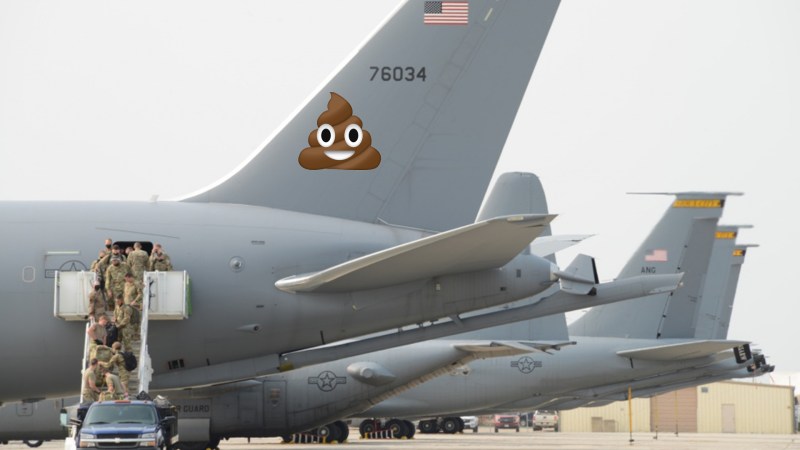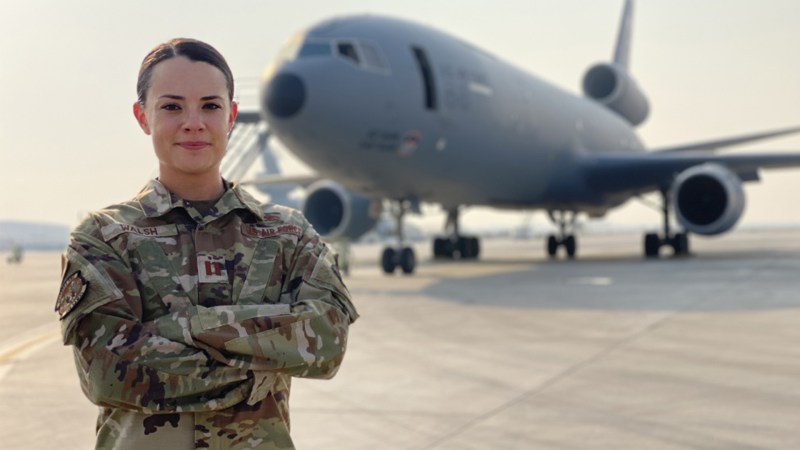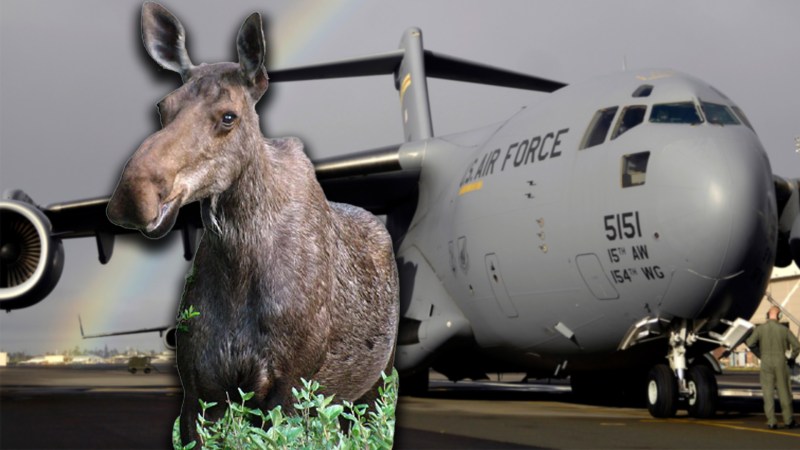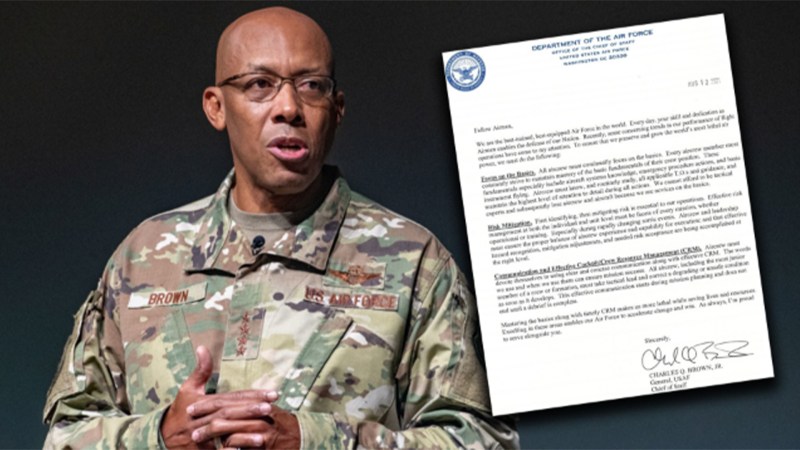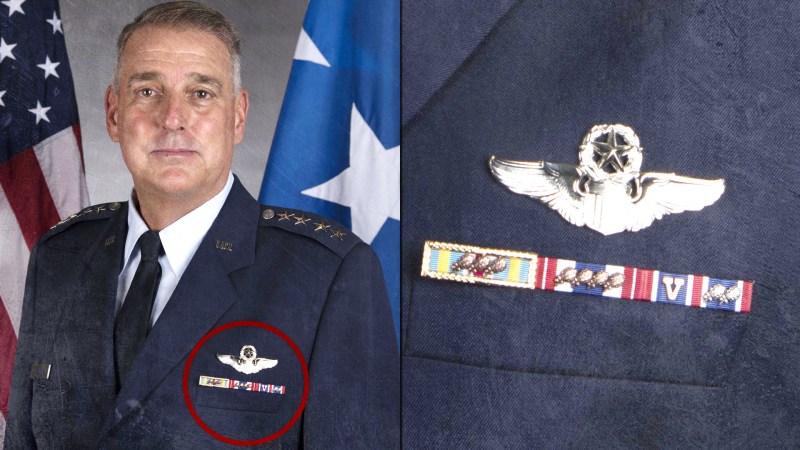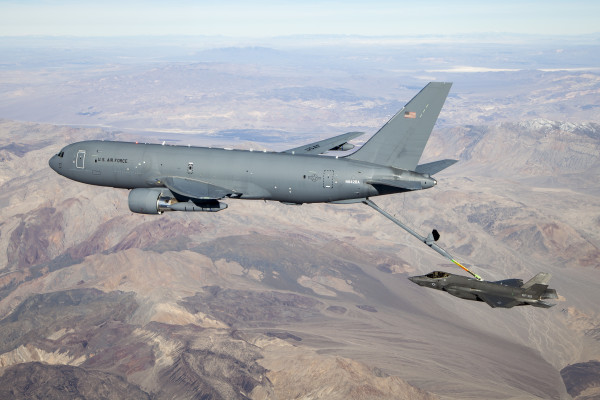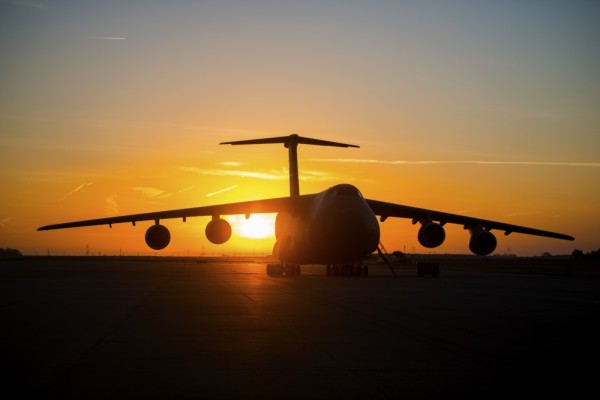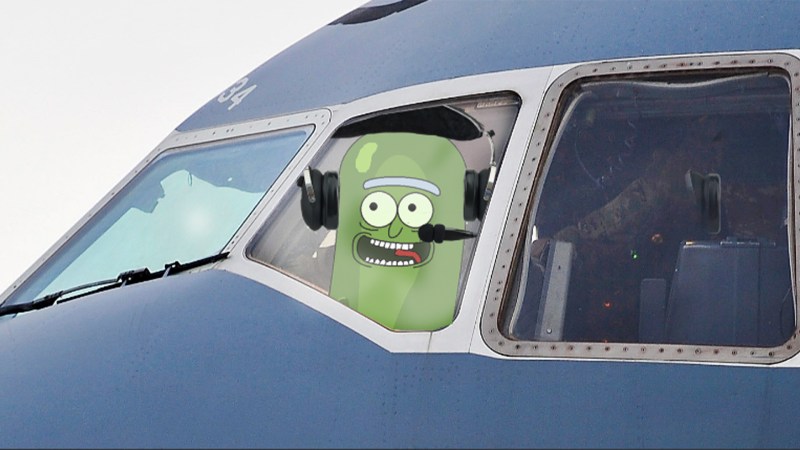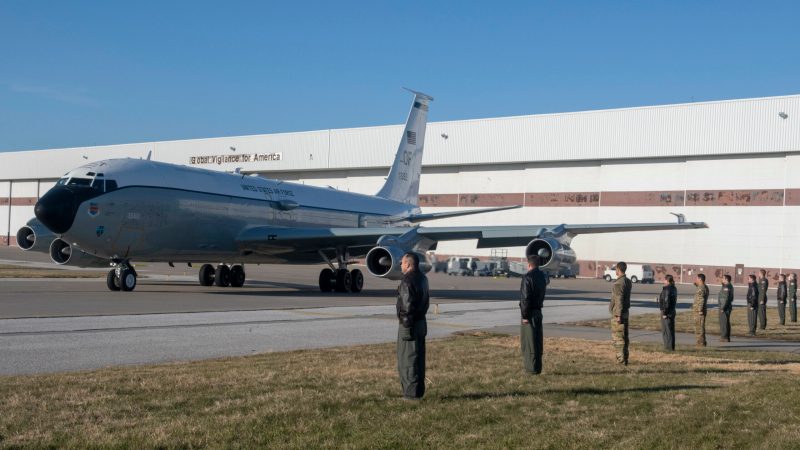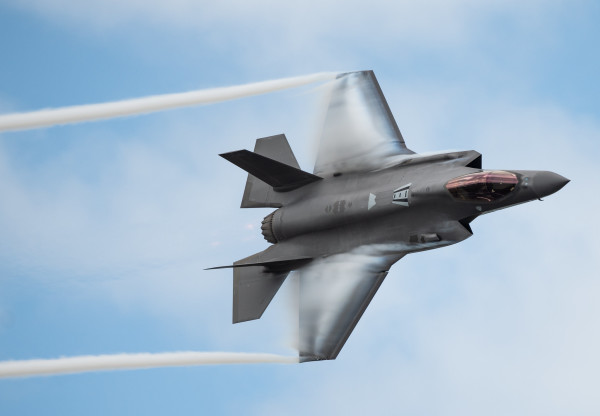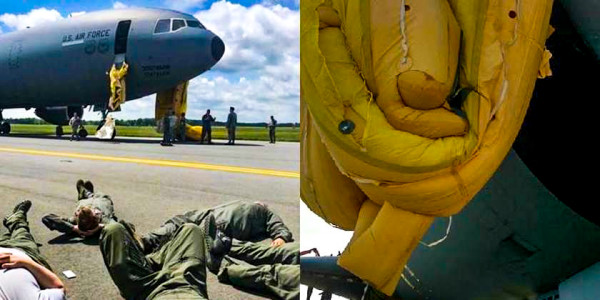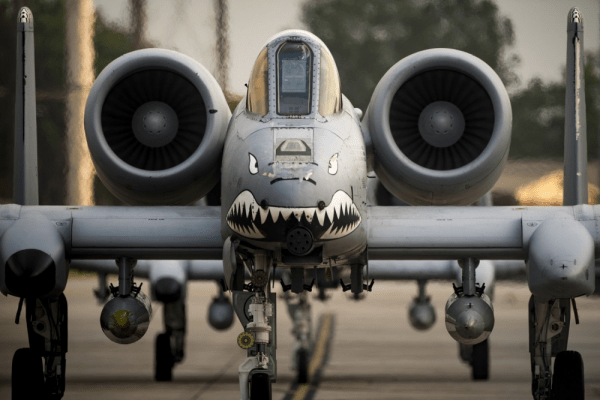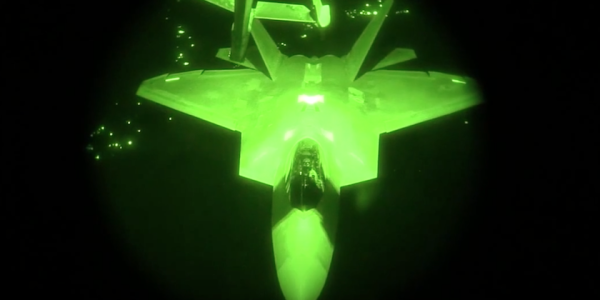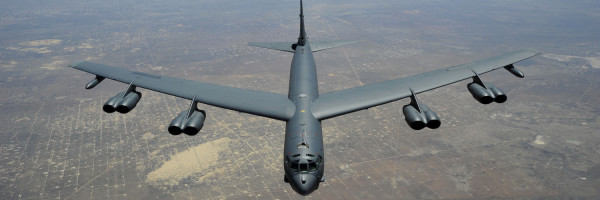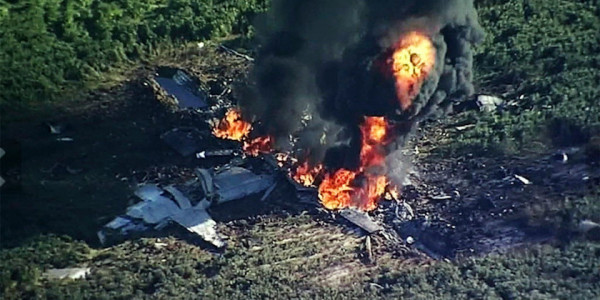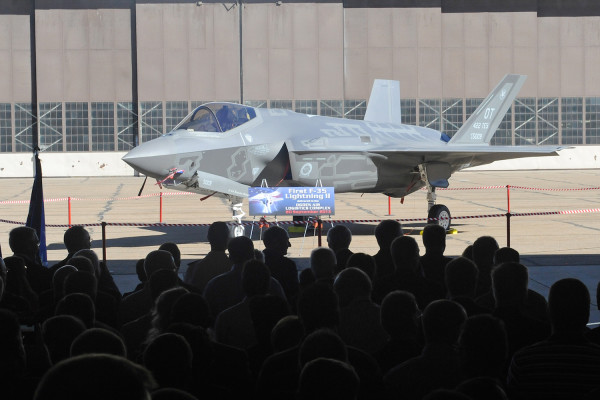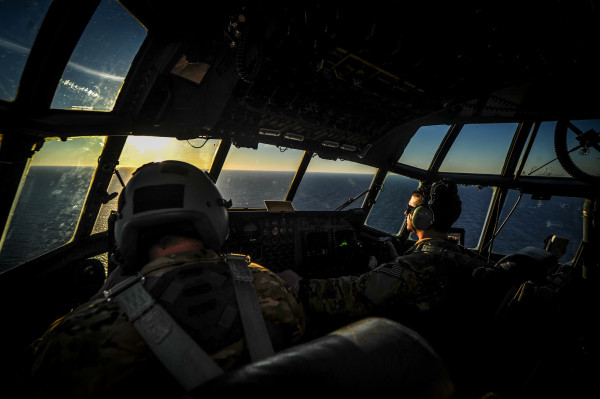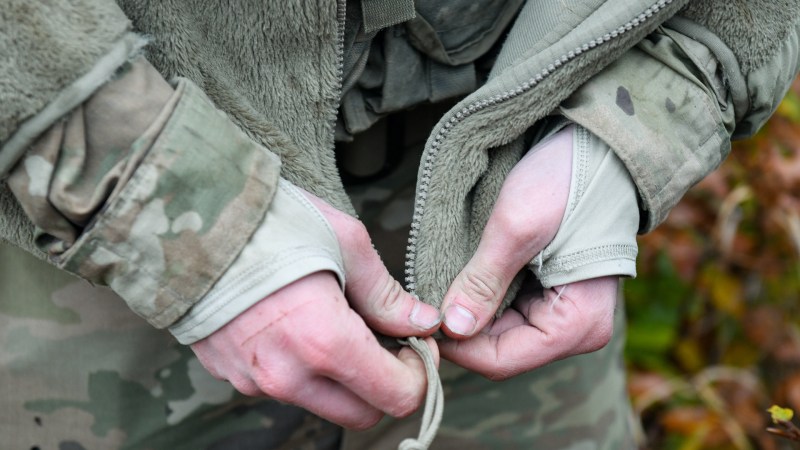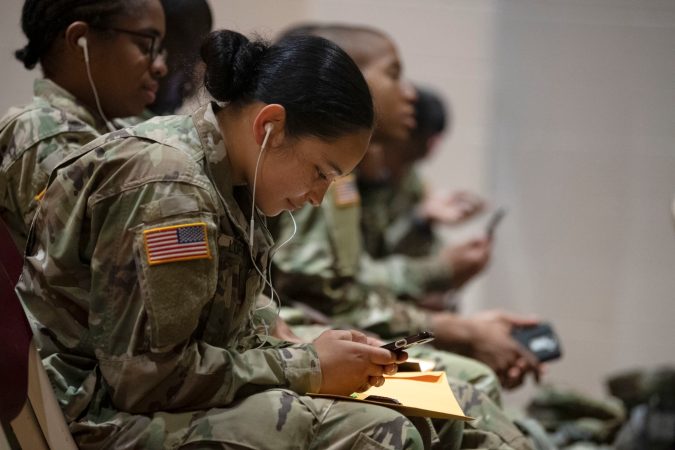Air Force Chief Master Sgt. Donald Davis has served in the military for 26 years, but he has never seen an aircraft quite like the KC-10 Extender, a refueling tanker that can also double as a troop or cargo transport.
“A more capable aircraft may never be built compared to the KC-10A Extender,” Davis, chief refueling boom operator at the 70th Air Refueling Squadron based in Travis Air Force Base, California, said in a recent press release. “The range, fuel delivery and cargo capability are second to none.”
The love for the KC-10 makes it all the more bittersweet for airmen who must say good-bye to the KC-10 fleet, also known by the nickname ‘Big Sexy,’ when it officially retires in September, 2024, almost exactly 30 years after the 70th ARS began operating the KC-10 in 1994.
Staff Sgt. Scott Speck, a flight engineer for the 70th, said in the press release that he was going to miss the community of KC-10 aviators and the aircraft itself.
“She’s a good plane,” he said. “She is temperamental at times, but always in good ways. And she takes care of you.”

Though the Air Force operates only 59 KC-10s compared to 396 KC-135s and a planned 128 KC-46s, each of the Extenders packs a punch. The KC-10 can carry up to 356,000 pounds of fuel: far more than the KC-46 (212,299 pounds),and the KC-135 (200,000 pounds). The Extender is equally impressive at carrying cargo: its maximum payload is 170,000 pounds, which is nearly the same as the C-17, a dedicated transport jet, according to the Air Force.
The KC-10 is also much younger than the KC-135, having entered service in 1981 rather than in 1956 as the Stratotanker did. The Extender even has a fun nickname: “Big Sexy,” which the aircraft received for its “sleek and graceful wing design” according to the press release.
The 70th ARS will continue to gas up U.S. and allied aircraft around the world, but with a different machine: the KC-46 Pegasus. The new tanker features defensive countermeasures and better survivability against nuclear, biological and chemical threats. Boeing, the aircraft manufacturer, wrote that the KC-46 will also feature 21st-century “data and communications connectivity” for quickly routing “critical real-time information” to friendly forces.
The KC-46 also marks a major change in how the Air Force performs mid-air refueling. On older tankers like the KC-10 and its sexagenarian cousin, the KC-135, operators of the refueling boom look out a window at the back of the jet as they work to connect the receiving aircraft with the boom. The KC-46 does away with that system and instead places the air refueling operator station near the cockpit at the front of the aircraft. The operator does the same job, but this time they control the work remotely via a system of cameras and sensors mounted near the boom.

Subscribe to Task & Purpose Today. Get the latest military news, entertainment, and gear in your inbox daily.
Known as the Remote Vision System, the new technology should allow boom operators to refuel aircraft in complete darkness with both aircraft running lights-out. The problem is that the system is riddled with errors, including the fact that shadow, glare or other conditions made it more difficult for the boom operator to see what is going on. Operators have also noted differences in how objects are perceived on screen compared to real life. Those small glitches could have disastrous effects in the air, where a bump with the refueling boom could cause expensive damage or scratch the stealth materials keeping combat aircraft hidden from the enemy.
After years of frustration, Boeing and the Air Force appear to be sorting out the issues by implementing RVS 2.0, an improved system that fixes the issues of its predecessor. While the RVS 2.0 may not be complete for years, at least one boom operator prefers working on the KC-46, even in its current flawed state, over other Air Force tankers. One operator told Air and Space Forces Magazine in August that KC-46 features such as its Aircraft Load Alleviation System and its advanced autopilot make the boom more stable, less dangerous, and less tiring to operate compared to previous systems.
As RVS 2.0 comes down the pipe, a community of airmen who have spent much of their careers flying the KC-10 must prepare to bid farewell to the aircraft. Not everyone in that community agrees with the decision to retire the KC-10, which in several ways is more capable than its fellow tanker aircraft. KC-10 pilots Lt. Col. Stewart Welch and retired Col. David LeRoy wrote in 2019 for War on the Rocks that the 2013 U.S. budget sequestration forced the military to cut many of its programs, including the Extender.
“Because there is only a small fleet of KC-10s, it is relatively expensive to operate considering flying hours and maintenance costs per aircraft. Eliminating an entire logistics supply chain for an airframe offers a significant cost savings,” they wrote. “That allowed the Air Force to keep programs like the KC-46 and F-35 on track.”

The logic of the decision did not make it any less painful for the pilots, who urged Congress and the Air Force to reconsider. But four years later, the KC-10 is still on its way out, and airmen who flew the aircraft must adapt to its replacement. Some squadrons are well on their way. The 32nd Air Refueling Squadron, based at Joint Base McGuire-Dix-Lakehurst, New Jersey, has trained 13 of its aircrew on the Pegasus and hopes to have another 55 join them within the next few months.
“[O]ur aircrew are very excited about the KC-46, the advanced warfighting capabilities it now brings to the fight, what those capabilities mean for the joint force, and their opportunity to be the ones to transition our squadron to its latest weapon system,” said squadron commander Lt. Col. Tyler Smith in a separate press release about the transition.
Hopefully the same can be said about the crews of the 70th at Travis.
“I picked this career because I viewed it on YouTube, and I thought it would be cool,” said Staff Sgt. Jared Breaux, a boom operator with the 70th, in the Travis press release. The view out the back of the KC-10 is probably “the one thing I am going to miss the most,” he said.
The crews of the 70th and its fellow KC-10 units at Travis — the 6th, 9th and 79th Air Refueling Squadrons — still have plenty of flying left on the old jet before it lands at the Air Force boneyard in September 2024. Until then, they will keep ‘Big Sexy’ running as well as ever.
“As a flight engineer on the KC-10, I run the systems and go through the checklists,” said Speck. “I get the jet ready and then put it to bed. We have an old girl to fly, and to look after her is what we must do.”
The latest on Task & Purpose
- The Army’s futuristic new goggles actually make soldiers less lethal, Pentagon weapons tester says
- Marines outwitted an AI security camera by hiding in a cardboard box and pretending to be trees
- Watch a German Leopard 2 tank carry a beer and not spill a drop
- The Air Force is moving forward with a replacement for its decades-old long-range radar
- India rolls out mortar-toting camo camels for military parade
Want to write for Task & Purpose? Click here.


